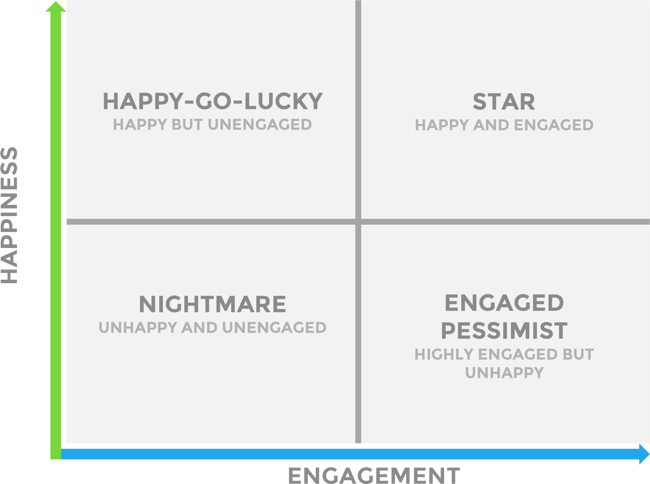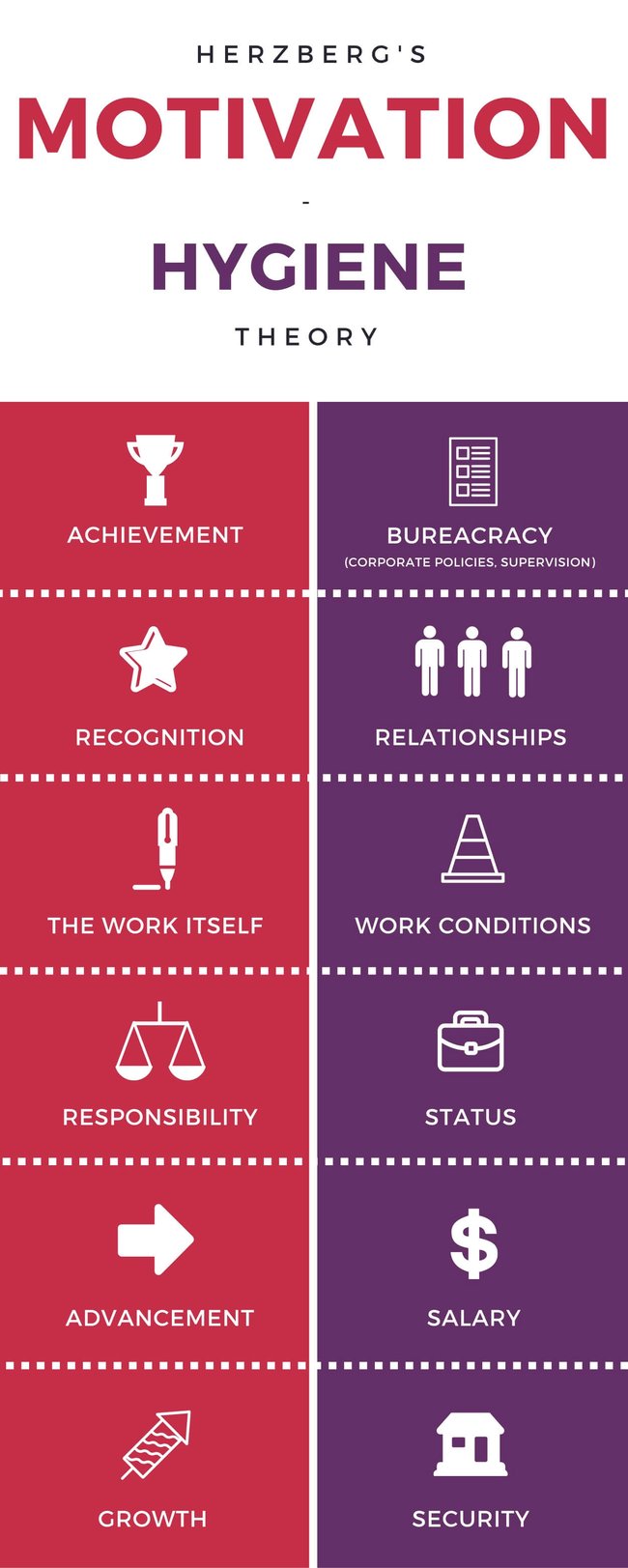Are Your Employees Happy or Engaged?
As the majority of Viima blog readers already know, we live in an age of diminishing employee loyalties. The combination of disenchantment of the modern worker with their employer, the cutting back of employee benefits and the shifting sentiments of the modern worker, employee loyalty is wavering, costing companies their best employees.
Combined with a shortage for experts in certain fields such as big data, analytics, and cloud computing, the best companies have begun reversing the trend of the recent decades by investing more on employee engagement and happiness.
Rightfully so, the employers have begun to realize that if the salary and the benefits stay the same, their prospective employees will choose a company where they will feel happy and engaged.
The "Happiness Equals Engagement" Fallacy
So far in this article, employee happiness and engagement featured prominently and they appeared side by side. In many people's minds, they are perfectly interchangeable in respect to employee management – every happy employee is an engaged one and every engaged employee also has to be a happy one. In mathematical terms, the set is the same – Happy and Engaged.
By this logic, only a happy employee can be an engaged one and vice versa.
In reality, you have happy employees who are not engaged and engaged employees who are not necessarily happy. Of course, there will also be plenty of employees who are happy and engaged and who are the reason why many people equate happiness and engagement. As long as a company does not have too many employees from the bottom left section, it should be okay.

For example, a hypothetical big data expert can be perfectly happy working for their company. They are drawing a hefty salary, they are also happy with their benefits and their colleagues are mostly decent, interesting people. And while they might be perfectly happy, they are not automatically engaged. They might be content doing their work but not bothering themselves with how well the company is doing or whether they might improve it in some way.
On the other hand, this same big data expert can be the most engaged employee a company has ever had, without necessarily being happy. In fact, they might be the most miserable employee in the world, never smiling, barely talking to anyone, always pointing out the bad practices in the company; and yet, this same big data expert can be the most engaged employee this company will ever have - constantly looking for ways to better the company and their role within it, working 15 hours every day and taking immense pride in what they do.
Who Brings More Benefits?
Both these types of employees will bring a lot to the company and if you cannot get someone who is both happy and engaged, choosing between the two can be a chore.
On the one hand, a happy employee will make your company a better place to work at, boosting the morale and the happiness of other employees. Their happiness will also rub off on the customers, in case your company provides services, which can do great things for both attracting new customers and retaining the old ones.
An engaged employee will also do a ton for your company, always giving you everything they have, going beyond the call of duty and discovering new ways in which the entire organization can move forward. Of course, their zeal for the best possible results will bring you new customers and wow your old ones, albeit in a different way.
It goes without saying that you will want a bit of both in your employees. The combination of these two worlds is the ultimate goal of every manager and every business, really.
There are a number of schools of thought when it comes to employee motivation, happiness, and engagement and the one that best fits the happiness vs. engagement discourse is the Two-factor theory by Frederick Herzberg. It has already been discussed on this blog and while it's usually used to explain other concepts, it can fit this happiness vs. engagement debate very well; thanks to its Motivation – Hygiene dichotomy.

Make them Happy
Essentially, taking care of the Hygiene Factors will, in most cases, be enough to make an employee happy. If they are drawing a good salary and they have job security, they will be content. If this job also gives them some status and the work conditions are great, they will be even happier. Ensuring bureaucracy is as little of an obstacle as is possible can also go a long ways towards a happy workforce. Of course, no one will mind being surrounded by friendly colleagues and an overall pleasant atmosphere.
In some cases, this might actually be enough to cause employees to be engaged, especially if they have had some bad workplace experiences in the past and thus understand that even these basic factors are often not taken care of by an employer.
Encourage Engagement
While handling the Hygiene Factors is a more straightforward practice, taking care of employee motivation and hopefully getting them engaged is a much more complex and comprehensive undertaking.
According to Herzberg (and our appropriation of his theory), it will require turning the work into more than just a job, providing the employee with responsibilities, recognition, the chance for achievement and advancement and the opportunity for growth.
It all starts with recognition. An employee needs to know that their engagement is going to be recognized, if they should choose to do so. It may seem like an easy thing to do, but in the everyday hustle of a functioning company, managers and owners often forget to acknowledge the great work of an employee. This does not mean that you should set off fireworks every time an employee has a good idea, but you always have to recognize someone's hard work and great results. Praising your employees requires great tact.
An engaged employee will also want to feel like they are moving somewhere, either as an individual within a company or as a part of a larger unit (the company) that is going places. If it is possible to achieve both, that is perfect. There is nothing more discouraging than having a feeling you are staying in the same place no matter how hard you try.

By allowing the employee to move forward and by ensuring your company does the same, you are all but guaranteed an engaged workforce, even if you overlook some of the Hygiene factors we discussed earlier. Stagnation is the death of employee engagement and you need to remember this.
Fairness can also go a long way when we are talking employee engagement. More precisely, without it, your employees will never feel engaged, no matter what else you do. For example, if an employee is scolded for something someone else wasn't, they will see this as a slight. Also, if you recognize someone for an achievement and you fail to do the same with the other person, they will once again feel slighted and treated unfairly.
Above everything else, they need to feel like this is more than a job. They need to feel that they are in control of their fate and that they are not simply pulling the levers. Collaboration and communication go a long way here, as does the clarity of knowing where the company is going.
Closing Word
A happy and engaged workforce can dramatically improve a company's bottom line and while employees who are both should be something to strive for, those who are just one of these two things can also be great for your company.
You should try to do everything in your power to make your employees feel happy and engaged, it's definitely the most sustainable way to build a great business. Getting it right will take your full attention and a systematic process, but it will definitely more than pay off.

Interested in Innovation and Leadership?
Subscribe to our blog to get the latest stories on innovation, leadership and culture straight to your inbox.






